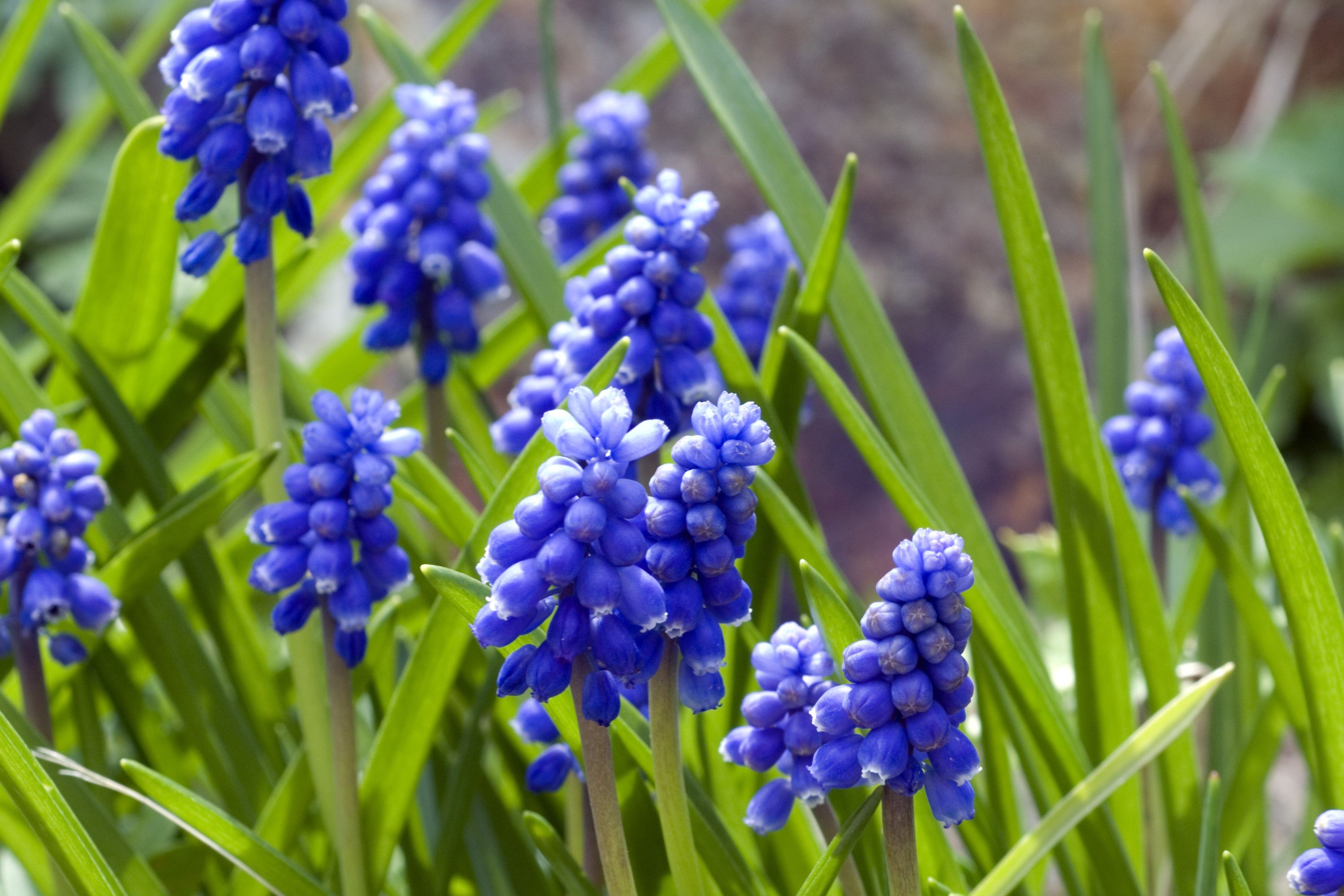Grape Hyacinth
(Muscari latifolium)

Description
Muscari latifolium, the broad-leaved grape hyacinth, is a species of flowering plant in the family Asparagaceae. The Latin specific epithet latifolium means "broad-leaved". It is a bulbous perennial geophyte, reaching a height of 15–40 cm (6–16 in), rarely 50 cm (20 in). There are usually one, rarely two leaves present. These are 7–30 cm (3–12 in) long and 1 to 3 cm wide, upright, wide and linear to ovate-lanceolate. They are drawn together and often hood-shaped. The flower stem is slightly longer than the leaves. The inflorescence is a raceme 2 to 6 centimeters long and 1.5 centimeters wide. The fertile flowers at the base are 5 to 6 mm long and 3 mm wide, oblong-shaped and a deep purple colour. The sterile flowers at the top are 4–8 mm long and pale lilac or blue. The flowering period extends from April to May in the Northern Hemisphere. M. latifolium is found in southern and western Turkey, adjacent to sparse pine forests at altitudes from 1,100–1,800 m (3,609–5,906 ft). Widely used as an ornamental plant in flower beds, M. latifolium is hardy to USDA Zone 5, and in the British Isles and all of Europe down to −20 °C (−4 °F). It has gained the Royal Horticultural Society's Award of Garden Merit.
Taxonomic tree:







